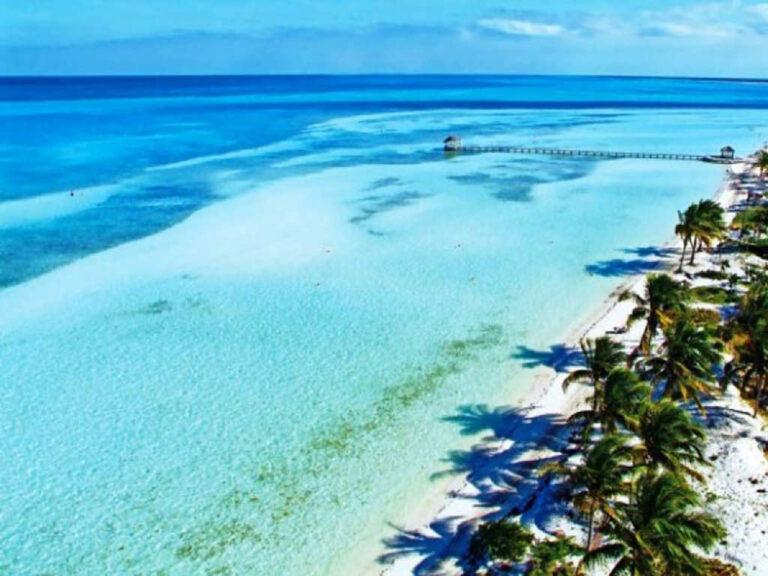The head professor of Nuclear Physics at the University of Havana, Oscar Diaz, said that this is the first time that this technology is used to check the levels of heavy and radioactive metals in the sands of beaches in western, central and eastern Cuba.
He added that the results showed that the levels of existing materials on the beaches of the northern coast of Ciego de Avila are not harmful to humans or to the animals that live in the area.
The studies are part of a project that began a few years ago in the black sands of Bibijagua beach, in Isla de la Juventud, and that today is advancing throughout the national territory, the specialist in charge of the research pointed out.
He explained that the idea of the research arose due to the presence of radioactive waste in areas near Cuba’s coasts, which makes it essential to know, as a baseline, the levels of natural radioactivity present in the coastline.
As is well known, coastal sand and dunes serve as shelters for various marine species, many of which protect themselves from predators or use them to lay their eggs, hence the importance of conserving their natural values.
Beaches are one of the main natural attractions of the Jardines del Rey tourist destination, where there are more than 38 kilometers of coastline with crystal-clear waters and shallow bottoms in the Cayo Coco, Cayo Guillermo, Paredon Grande, Anton Chico and Media Luna.
Several of these shoreline segments benefited from sand dumping, which improved their natural conditions by expanding bathing areas and recovering the region’s coastal dunes.
jg/jav/mem/nmt









